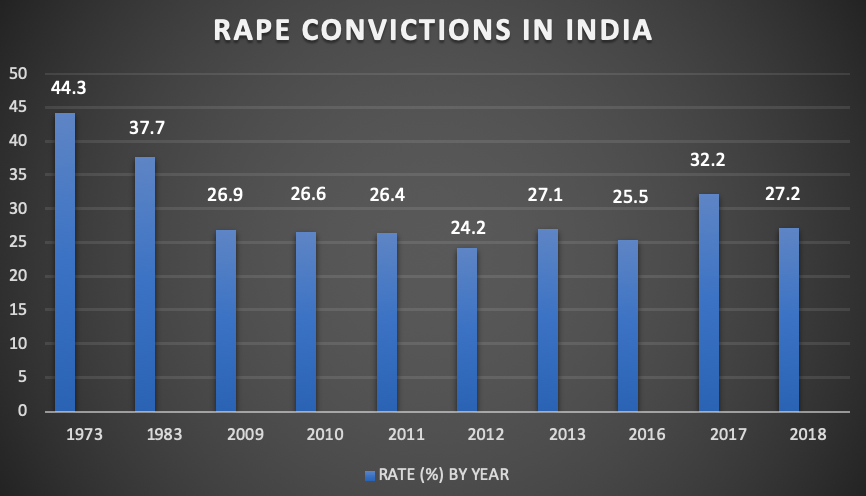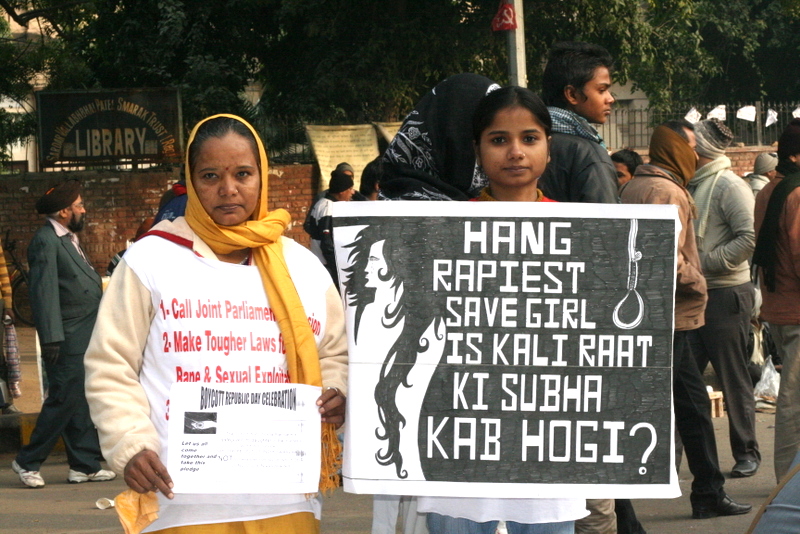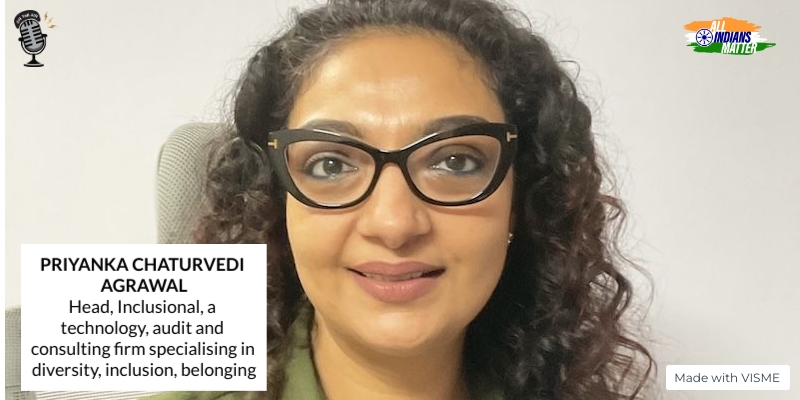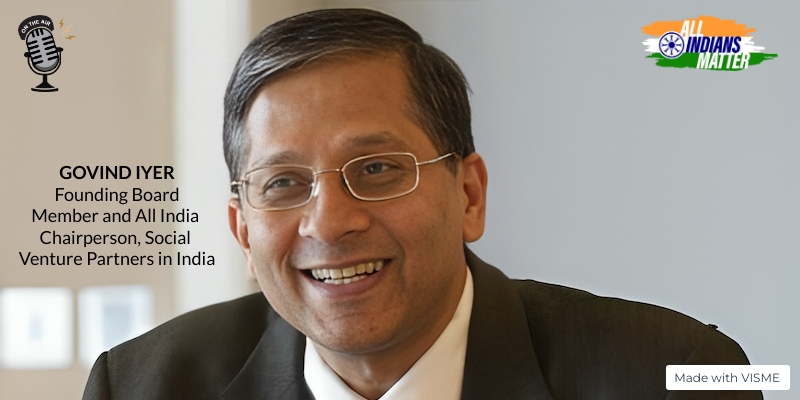Ashraf Engineer
October 4, 2020
Podcast transcript
New Delhi, December 2012: A 23-year-old student is gangraped in a public bus and her male companion is beaten senseless with an iron rod. The same rod is used to penetrate her and her innards are pulled out. Her injuries are so severe her intestines have to be removed. She dies in agony 13 days after the attack. This is the infamous ‘Nirbhaya’ case.
Mumbai, August 2013: A 22-year-old photojournalist is gangraped by five men, including a juvenile, at a mill compound. Three of the rapists are repeat offenders.
Ranaghat, West Bengal, March 2015: A 71-year-old nun is gangraped by intruders at the Convent of Jesus and Mary. They ransack the chapel, destroy religious items and loot cash.
Nokah, Rajasthan, March 2016: The corpse of Delta Meghwal, a 17-year-old Dalit girl, is found in her hostel’s water tank. Her parents say Delta told them she was raped by a teacher who, it is alleged, then killed her. The hostel warden, physical education teacher and college principal are arrested.
Unnao, Uttar Pradesh, June 2017: Bharatiya Janata Party lawmaker Kuldeep Singh Sengar is accused of raping a 17-year-old. She attempts to immolate herself outside Chief Minister Yogi Adityanath’s residence. The BJP state government, meanwhile, jails her father and he dies in prison after being allegedly beaten up by Sengar’s brother. In 2018, a witness dies and is immediately buried with no autopsy. The rape victim’s uncle is also arrested in an 18-year-old gun-firing case. In 2019, a truck with blackened license plates hits the car in which the victim is travelling. Her aunts are killed, and she and her lawyer are critically injured. The policemen assigned to provide her security are missing when the incident occurs.
Kathua, Jammu and Kashmir, January 2018: Asifa, an eight-year-old, is raped and murdered. Eight men are charged but their arrests are opposed by Hindutva groups. One of their protests is attended by two ministers from the Bharatiya Janata Party.
Hathras, Uttar Pradesh, September 2020: A 20-year-old Dalit woman is gangraped and tortured by four upper caste men. Her legs and spine are broken and an attempt is made to cut out her tongue. Two weeks later, she dies in a Delhi hospital. The Uttar Pradesh police rush the body to her village, lecture her family about tradition and claim it has made mistakes. They try to force the family to cremate her in the middle of the night. The family begs the police to let them take the body home, some women even hurling themselves on the ambulance carrying the body, but the police refuse. As a restive crowd gathers, the police spirit the body away and cremate it on their own. They form a human chain to keep away villagers and mediapersons. Later, officials claim there was no rape at all and an upper caste group marches in support of the rapists.
Balrampur, Uttar Pradesh, September 2020: Not two days after the death of the Hathras rape victim, another Dalit girl dies of injuries suffered during a gangrape. The 22-year-old is abducted, assaulted and then taken to a doctor for treatment. When her condition deteriorates, she is stuffed into a rickshaw and returned home, an intravenous drip still dangling from her arm. She dies as she is being rushed to hospital.
There’s a rape pandemic raging in India.
Hello and welcome to All Indians Matter. I am Ashraf Engineer.
India recorded an average of 87 rapes every day in 2019, one every 16 minutes, according to the latest data from the National Crime Records Bureau. In 2018, it was 33,356 rapes – up from 32,559 in 2017.
It’s no wonder a survey by the Thomson Reuters Foundation in 2018 dubbed India the most dangerous place to be a woman.
But what makes India so?
Rape is a non-bailable offence but many perpetrators do get bail because of lack of evidence or political patronage.
Besides, rape is not just a legal issue. It has a strong social aspect. India is largely a patriarchal society in which women get second-class status. This notion is internalised early. Girls are taught to be subservient and told that their aspirations and views are not as important as that of a man’s. It’s drilled into their minds that they were created to serve their fathers and brothers, and then their husbands and in-laws.
There is no trace of gender sensitisation in school curricula.
The patriarchal mindset also results in the belief, especially among low-income men, that girls who dare to work or wear western clothes are immoral and that they are asking for it. The rape epidemic has created a wave of anger with many demanding extra-judicial punishments like public hangings and shooting squads for the culprits. So, when police shot all four men accused of raping a 26-year-old veterinarian in Hyderabad, the officers were lauded. Many Hyderabadis distributed sweets and celebrated the killings.
This has a lot to do with the lack of faith in the judicial system. Low conviction rates, a glacially slow judicial process and a social system stacked against the victim have resulted in popular support for vigilante justice.
So, what is India’s record on rape convictions? This is a long list and there are many numbers but bear with me.
 As you can see, it’s never been even 50% and actually hovers around 25% in recent years.
As you can see, it’s never been even 50% and actually hovers around 25% in recent years.
The jail term for rapists has doubled to 20 years but it seems to have made no difference because tough laws have no meaning without effective investigations and quick prosecution.
As with so many evils, India’s lower castes bear the brunt of the sexual violence. In India’s caste hierarchy, Dalits are seen as impure and even untouchable. While they are denied even basic rights and amenities, rape is used as a way to remind them of their position in the social pecking order and as retribution for demanding their rights.
Of the 32,033 women raped in 2019, 11% were Dalits. That’s 10 Dalit women every single day.
Recently, Uttar Pradesh’s Lakhimpur Kheri district witnessed four incidents of girls being raped and brutally murdered. At least two of them were Dalits.
A 14-year-old girl was found hanging from a tree in a village, having been raped. Just a few days before, a three-year-old girl was raped and strangled. In August 2020, a 13-year-old and a 17-year-old were raped and killed in Lakhimpur Kheri.
Local activists claimed the assaults were ignored by the police until pressured by a political party. Upper caste villagers also stopped activists from entering the area to intervene.
Uttar Pradesh, led by the Hindu supremacist Chief Minister Yogi Adityanath of the Bharatiya Janata Party, has the highest number of cases of violence against Dalits. These seem to have swelled further during the COVID-19 lockdown.
It’s an endemic problem that goes beyond sexual assault, exposing the very faultlines of India’s social hierarchy – and the state has done little about it.
Activists say these centuries-old hierarchies mean rapes of Dalit women are poorly reported, investigated and prosecuted. They aren’t well covered by the mainstream media either. As a result, lower caste women have little or no access to justice.
Any official numbers of sexual assault are widely considered to be inaccurate because of underreporting or cover ups. For example, it was only a Human Rights Watch report that documented in 1999 how Dalit women in Bihar were raped, had their breasts cut off and were then shot in the vulva.
Incidents of rape and brutalisation of Dalits have been reported in Gujarat too. A 19-year-old Dalit was sodomised and her body hung from a tree in January 2020. A 16-year-old Dalit was repeatedly gangraped and thrown from a water tank in April.
 Though sexual violence has gained even more national prominence after the Nirbhaya case, there is no end in sight.
Though sexual violence has gained even more national prominence after the Nirbhaya case, there is no end in sight.
After that case, a Nirbhaya Fund was set up to ensure the safety of women but most states haven’t touched it. As of November 2019, 91% of the Rs 1,672 crore corpus lay unused.
This is how devalued women are in Indian society. It shows also the lack of political will to address the issue.
As the father of a young daughter, I am scared every time she steps out of the house – a feeling I’m sure the parents among you are familiar with.
How a society treats its women is a measure of how civilised it is. So we must ask ourselves how civilised we are. And what can we do about this crisis? For starters, demand justice for the victims and not just in isolated cases that make it to national television. There are a thousand Nirbhaya cases that have gone unreported and there is a Hathras around every corner.
The crusade against rape cannot ignore the patriarchy ingrained in almost every aspect of our lives. It cannot succeed so long as the caste system exists, scorching everything it touches. Until we manage that, there will be a new Nirbhaya every day.
Thank you for listening. Please visit www.allindiansmatter.in for more columns, videos and audio podcasts. You can follow me on Twitter at @AshrafEngineer and @AllIndiansCount. Search for the All Indians Matter Facebook page. On Instagram, the handle is @AllIndiansMatter. Catch you again soon.
Pictures courtesy: Wikimedia Commons, Flickr






